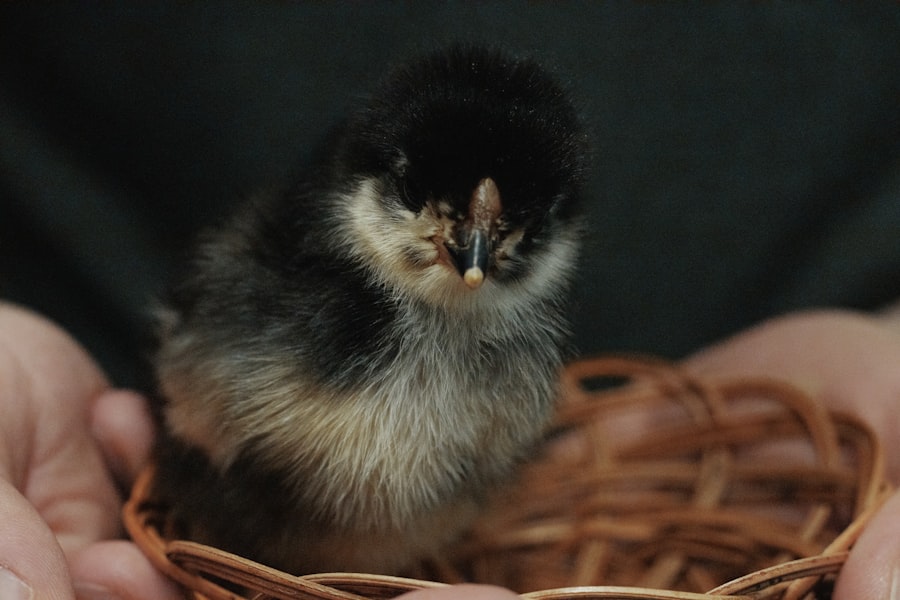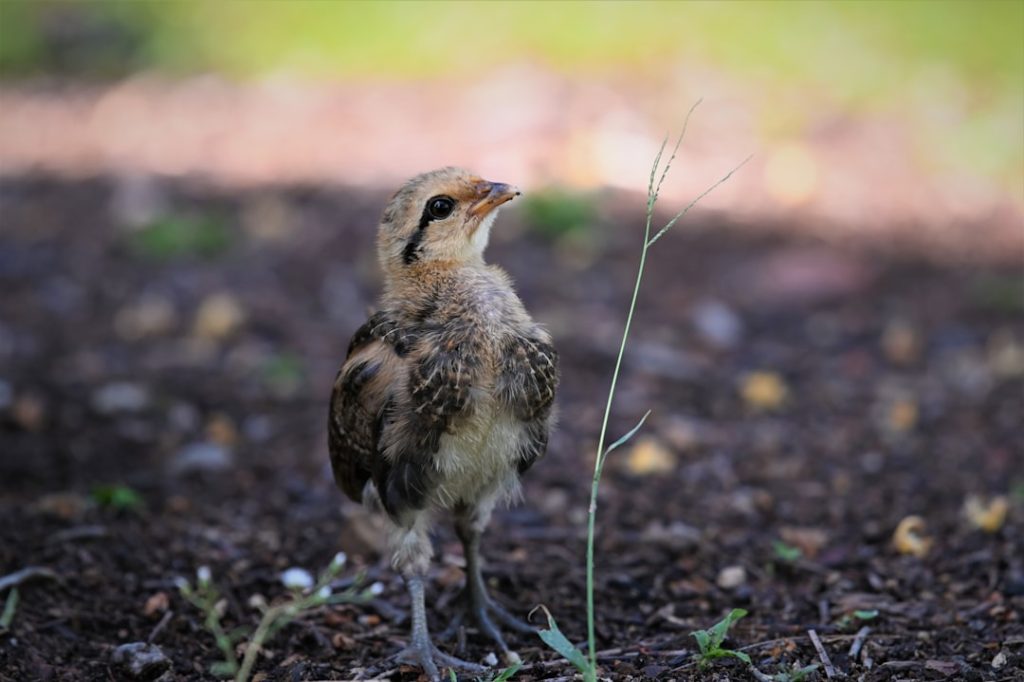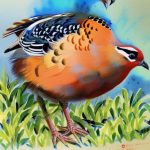European quail breeding has been a popular practice for centuries, with quail being raised for their meat and eggs. Quail are small game birds that are known for their delicious, lean meat and nutritious eggs. In recent years, there has been a growing interest in quail breeding as a sustainable and profitable agricultural venture. European quail breeding is particularly popular due to the high demand for quail products in the region. The process of quail breeding involves selecting the right breeding stock, providing proper housing and equipment, ensuring a balanced diet and nutrition, managing breeding and incubation, and addressing health and disease concerns. This article will provide a comprehensive guide to European quail breeding, covering all aspects of the process from start to finish.
Quail breeding is a rewarding endeavor that can be pursued on a small or large scale. Whether you are a hobbyist looking to raise quail for personal consumption or a commercial farmer aiming to supply quail products to the market, European quail breeding offers a range of opportunities. With the right knowledge and resources, quail breeding can be a sustainable and profitable business. This article aims to provide valuable insights and practical tips for anyone interested in venturing into the world of European quail breeding. From selecting the right breeding stock to marketing and selling quail products, this guide will cover all the essential aspects of quail breeding to help you succeed in this industry.
Table of Contents
Key Takeaways
- European quail breeding is a popular practice for producing quail meat and eggs.
- Select breeding stock based on health, size, and egg production to ensure high-quality offspring.
- Provide proper housing and equipment to create a comfortable and safe environment for quail breeding.
- Feed quail a balanced diet rich in protein and essential nutrients for optimal growth and egg production.
- Monitor and manage the breeding and incubation process to ensure successful hatching and healthy chicks.
Selecting the Right Breeding Stock
Selecting the right breeding stock is crucial for successful European quail breeding. The quality of the breeding stock will directly impact the health, productivity, and overall success of your quail breeding operation. When choosing breeding stock, it is important to select birds that are healthy, genetically diverse, and have desirable traits such as good egg production and meat quality. It is also essential to consider the age and reproductive history of the birds, as older birds may have reduced fertility and productivity. Additionally, it is advisable to source breeding stock from reputable suppliers or breeders to ensure the quality and genetic integrity of the birds.
When selecting breeding stock, it is important to consider the specific goals of your quail breeding operation. If your primary focus is on egg production, you should prioritize selecting birds with high egg-laying potential. On the other hand, if you are breeding quail for meat production, you should prioritize selecting birds with good growth rates and meat quality. It is also important to consider the breed of quail that best suits your production goals and environmental conditions. Common breeds of quail used for breeding in Europe include the Coturnix quail, also known as Japanese quail, which is valued for its high egg production and fast growth. By carefully selecting the right breeding stock based on your specific production goals and requirements, you can set the foundation for a successful European quail breeding operation.
Housing and Equipment for Quail Breeding
Proper housing and equipment are essential for the health, well-being, and productivity of quail in a breeding operation. When it comes to housing, quail require a clean, well-ventilated, and secure environment that protects them from predators and extreme weather conditions. The housing should also provide adequate space for the birds to move around comfortably and engage in natural behaviors such as nesting and dust bathing. Quail housing can range from simple wire cages or hutches to more elaborate aviaries or barns, depending on the scale of the operation. It is important to ensure that the housing is easy to clean and maintain to prevent the buildup of waste and pathogens.
In addition to proper housing, equipping the quail breeding facility with the right tools and equipment is essential for efficient management and care of the birds. This includes feeders and waterers designed specifically for quail, nesting boxes for egg-laying hens, heating and lighting systems to regulate temperature and photoperiod, as well as tools for handling and managing the birds. The choice of equipment should be based on the specific needs of your quail breeding operation, taking into account factors such as scale, budget, and production goals. By providing suitable housing and equipping the facility with the necessary tools and equipment, you can create a conducive environment for successful European quail breeding.
Feeding and Nutrition for Quail Breeding
Feeding and nutrition play a critical role in the health, growth, and productivity of quail in a breeding operation. Quail require a balanced diet that provides essential nutrients such as protein, vitamins, minerals, and energy to support their physiological needs, growth, egg production, and overall well-being. A well-formulated feed ration is essential for meeting the nutritional requirements of quail at different stages of development, including chicks, growers, layers, and breeders. The feed should be formulated specifically for quail species and should be free from contaminants or toxins that could harm the birds.
In addition to commercial feed rations, quail can also benefit from supplementary feeds such as greens, grains, insects, and other natural foods that mimic their natural diet in the wild. Providing access to grit or insoluble materials is also important for aiding digestion in quail. It is important to ensure that quail have access to clean, fresh water at all times to prevent dehydration and support proper physiological functions. Watering systems should be designed to provide easy access to water while minimizing spillage and contamination. By paying close attention to feeding and nutrition, you can ensure that your quail receive the essential nutrients they need to thrive and contribute to a successful European quail breeding operation.
Breeding and Incubation of Quail Eggs
Breeding and incubation are critical stages in European quail breeding that require careful management to ensure successful reproduction and hatching of healthy chicks. Quail are prolific layers that can produce a large number of eggs throughout the year under optimal conditions. To encourage successful breeding, it is important to provide a conducive environment that mimics natural mating behaviors and nesting conditions. This includes providing suitable nesting areas with soft bedding material where hens can lay their eggs in privacy.
Once eggs are laid, they can be collected and transferred to an incubator for artificial incubation. Incubation conditions such as temperature, humidity, ventilation, and turning of eggs should be carefully monitored and managed to ensure proper development of the embryos. The duration of incubation varies depending on the breed of quail but typically ranges from 16 to 18 days. During incubation, it is important to regularly monitor the development of embryos through candling to identify viable eggs from infertile or damaged ones.
After successful incubation, hatching chicks should be transferred to a brooder where they can receive warmth, protection, and access to feed and water. Proper management of breeding and incubation processes is essential for ensuring high hatch rates and healthy chick development in European quail breeding.
Health and Disease Management in Quail Breeding

Maintaining good health and preventing diseases are essential aspects of successful European quail breeding. Quail are generally hardy birds but can be susceptible to various health issues such as respiratory infections, parasites, nutritional deficiencies, and injuries. To ensure optimal health and well-being of quail in a breeding operation, it is important to implement proactive measures such as regular health checks, vaccination programs (where applicable), biosecurity protocols, proper sanitation practices, and prompt treatment of sick or injured birds.
Preventive measures such as maintaining clean housing, providing balanced nutrition, managing stocking density, controlling environmental conditions, and minimizing stress can help reduce the risk of diseases in quail. It is also important to monitor the behavior and condition of the birds regularly to detect any signs of illness or distress early on.
In the event of disease outbreaks or health issues, it is important to consult with a veterinarian or poultry health specialist to diagnose the problem accurately and develop an appropriate treatment plan. It is also important to follow legal requirements related to disease control and reporting in your region.
By prioritizing health management practices in European quail breeding, you can minimize the risk of diseases and promote the overall well-being of your quail flock.
Marketing and Selling Quail Products
Marketing and selling quail products are essential components of a successful European quail breeding business. Whether you are producing quail meat or eggs, it is important to develop effective marketing strategies to reach potential customers and create demand for your products. This may involve identifying target markets such as restaurants, specialty food stores, farmers’ markets, or direct consumers who are interested in purchasing high-quality quail products.
When marketing quail products, it is important to highlight their unique qualities such as lean meat, rich flavor, high protein content, or nutritious eggs. You can also differentiate your products by emphasizing factors such as organic production methods, humane animal welfare practices, or specific breed characteristics.
In addition to traditional marketing methods such as advertising, promotions, and packaging design, leveraging digital platforms such as social media, e-commerce websites, or online marketplaces can help expand your reach and connect with a wider audience.
Building strong relationships with customers through transparent communication, reliable product supply, and exceptional customer service can help foster loyalty and repeat business.
By implementing effective marketing strategies and delivering high-quality products consistently, you can establish a strong presence in the market and achieve success in selling European quail products.
In conclusion, European quail breeding offers a range of opportunities for individuals interested in producing high-quality meat and eggs for consumption or commercial purposes. By following best practices in selecting breeding stock, providing proper housing and equipment, ensuring balanced nutrition, managing breeding and incubation processes effectively, prioritizing health management practices, and implementing strategic marketing efforts, you can build a successful European quail breeding business. With dedication, knowledge, and careful management, European quail breeding can be a rewarding venture that contributes to sustainable food production and economic growth in the agricultural sector.
If you’re interested in European quail breeding, you may also want to check out Poultry Wizard’s article on creating the perfect A-frame chicken coop here. This resource provides valuable insights into creating a suitable environment for your poultry, which can be beneficial for quail breeding as well. For more information on poultry care and breeding, visit Poultry Wizard.
FAQs
What is European quail breeding?
European quail breeding refers to the practice of raising quail, specifically the European quail species, for the purpose of producing eggs, meat, or for conservation efforts.
What are the benefits of European quail breeding?
Breeding European quail can provide a sustainable source of protein in the form of eggs and meat. Additionally, it can contribute to the conservation of the species by maintaining captive populations.
What are the key considerations for European quail breeding?
Key considerations for European quail breeding include providing appropriate housing, nutrition, and environmental conditions for the quail. Breeding practices should also adhere to ethical and legal standards.
What are the challenges of European quail breeding?
Challenges of European quail breeding may include disease management, maintaining genetic diversity, and ensuring the welfare of the quail in captivity.
Is European quail breeding regulated?
Regulations for European quail breeding may vary by country or region. It is important for breeders to be aware of and comply with any relevant laws or regulations regarding the breeding and keeping of quail.
Meet Walter, the feathered-friend fanatic of Florida! Nestled in the sunshine state, Walter struts through life with his feathered companions, clucking his way to happiness. With a coop that’s fancier than a five-star hotel, he’s the Don Juan of the chicken world. When he’s not teaching his hens to do the cha-cha, you’ll find him in a heated debate with his prized rooster, Sir Clucks-a-Lot. Walter’s poultry passion is no yolk; he’s the sunny-side-up guy you never knew you needed in your flock of friends!







